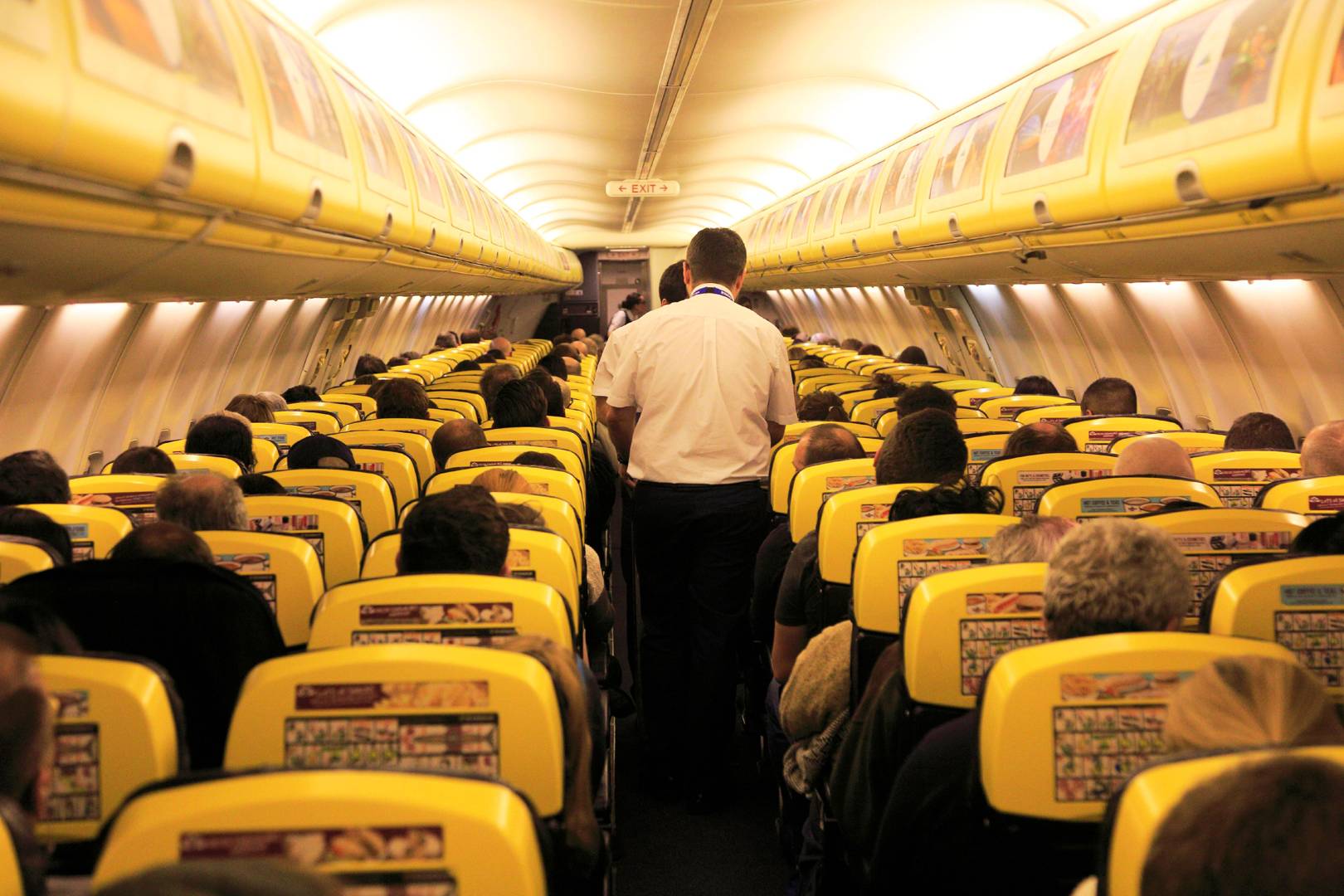The pandemic will bring about the end of cattle class flights
Demand for distancing may be a boon for premium cabins
by Chris Stokel-Walker
The last flight taken by Scott Solombrino, chief executive of the Global Business Travel Association (GBTA), was on March 13. It was a trip back to Boston, Massachusetts from Europe, where he’d been attempting to allay the concerns of the travel industry facing what had just been recognised as a global pandemic.
Pre-coronavirus, passengers travelling for business accounted for one in every eight seats filled on a plane, but airlines relied on them for 75 per cent of their profits. As people started working from home, flights were grounded and airlines approached governments for financial support. In April, three-quarters of businesses responding to a GBTA poll said they had cancelled all international travel, and half said they had cancelled all domestic trips. Three in ten workplaces expect it to take more than a year for business travel to resume. But when it does, it won’t return to normal.
“We’ll be much more conscientious about how we travel,” says Solombrino. He hopes that new rules for travelling – possibly including masks, gloves and temperature checks, as well as social distancing – will get the industry going again.
Properly social distancing while flying would be near-impossible: to keep a two-metre distance between passengers, only the window seats on either side of a single-aisled plane could be occupied – on every third row. That would result in a load factor, or passenger density, of 15 per cent, well below the 86 per cent industry average pre-coronavirus. According to the International Air Transport Association, only four airlines worldwide can make money when a flight’s load factor is less than 62 per cent.
Airports would struggle too: Heathrow’s chief executive has said it would be impossible to physically distance at security checks or gates. Extra checks would extend the amount of time required to make connecting flights to far-flung destinations, which travel data company OAG says could reduce current flight connectivity by up to a fifth. That’s before considering the effects of quarantine measures introduced by governments, which would make short business trips impractical. The travel industry is caught in a Catch-22 situation: the measures they need to introduce are too stringent to make much travel feasible – but not implementing them could put people off flying altogether.
All of which makes some question whether the idea of frequent business travel might not become a relic of the past. “You have so many technologies that let you see people eyeball to eyeball: why do we need planes?” says Cary Cooper, professor of organisational psychology at Manchester Business School.
He believes up to 90 per cent of business travel could disappear, with meetings held instead through webcams. Some sectors, like the oil and gas industry, will still need workers to fly out to rigs and other work sites, but Cooper forecasts that a whole sector of executive travel will disappear. “For a long time people will be suspicious about being in aircraft, then they’ll realise they can do what they have to do in real time with technology,” he says.
But John Strickland, an aviation analyst, is not convinced that habits will change for the long-term. He draws comparisons with September 11, 2001, when the aviation industry faced a similarly catastrophic collapse. It took three years for passenger numbers to return to pre-9/11 levels. Video conferencing tech has improved since then, as has the availability of broadband connections to support it, but “in many cases you can’t beat face-to-face meetings,” he says.
Meanwhile, we may travel smarter and less frequently. Business travel could capture some of the exclusivity of the past in premium cabins, where people can stretch out and socially distance. “One of the only ways of giving the personal reassurance to travellers, as well as people feeling that they don’t want to put their employees at risk, could be buying a business class ticket,” says Strickland.
That would be good news for the industry: though premium cabins are usually home to one in every 20 passengers, they give airlines 30 per cent of their revenue.
More great stories from WIRED
🚅 Night trains are brilliant. So why doesn’t the UK have any to Europe?
💉 The race is on to create a vaccine. This mRNA coronavirus vaccine is two breakthroughs in one
🎧 Need some peace? These are the best noise-cancelling headphones in 2020
🔊 Listen to The WIRED Podcast, the week in science, technology and culture, delivered every Friday